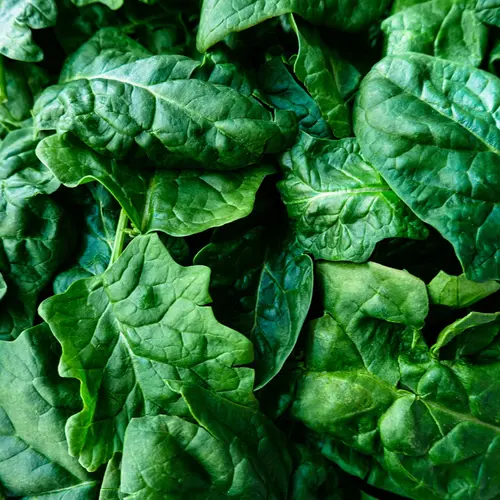The kumquat is a citrus fruit that kind of looks like an orange but is oval-shaped and much smaller (1-2 inches). People first grew kumquat trees, also known as fortunella, in China in the 1700s. The name “kumquat” combines the Chinese words “gam,” meaning gold, and “gwat,” another word for tangerines. The tree came to Europe and the United States in the 1800s. It grows best in warmer areas but can stand up to the cold.
Kumquats have a sweet skin, which you can eat. The inside may have a few seeds. It’s not very juicy, and sometimes it’s sour enough to make your eyes water.
There are several types of kumquats. The most popular are:
- Nagami
- Marumi
- Meiwa
Nagami kumquats are oval or pear-shaped and taste sour, while Marumi and Meiwa are rounder and sweeter. If you’re thinking about growing kumquats in your yard, the Meiwa tree is a popular choice for home planting.
Nutritional Benefits
Kumquats have about 13 calories each. That’s about 90 calories a serving. They’re high in vitamins C (about 8 mg each) and offer some vitamin A (about 3 mcg each). The skin is full of fiber and antioxidants (substances that can protect your cells). Kumquats are also cholesterol-free and low in fat and sodium.
Health Benefits
Vitamin C: Since your body doesn’t make it naturally, you have to get vitamin C from food -- like kumquats -- or tablets. It’s important for:
- Blood vessels, which carry blood to your tissues and organs
- Cartilage, a tough but flexible tissue in your body
- Muscle
- Collagen, a protein in bones that plays a role in bone health
- Healing
Vitamin A: Kumquats help you get this nutrient that’s critical to many of your body’s tasks, like:
Vitamin A is also an antioxidant. That means it protects your cells from the effects of free radicals. Those are molecules your body makes that could play a role in heart disease, cancer, and other diseases.
Fiber: You may already know that eating fiber helps you poop more easily. That type of fiber is called insoluble fiber. Soluble fiber, which dissolves in water and is in citrus fruits like kumquats, can lower your cholesterol and blood sugar.
Other benefits: Some research shows that when you eat foods high in antioxidants, especially kumquats, you could lower your chance of getting cancer because antioxidants help repair DNA damage linked to different types of the disease.
Scientists also found that eating a few kumquats a day could fight stress and boost natural killer (NK) cells, which help to get rid of cancer cells and other cells infected by viruses.
Risks
Sometimes raw fruit has germs that can make you sick like salmonella, E. coli, and listeria. In the United States, germs on fresh fruit and vegetables are to blame for nearly half of all diseases caused by tainted food. The best way to avoid these germs is to cook your kumquat. But if you want to eat it raw, be sure to wash it well under running water.
You should also:
- Wash your hands and any kitchen tools or surfaces you used, before and after you prepare your kumquat.
- Keep fruit away from raw foods such as meat, poultry, and seafood.
- Refrigerate cut, peeled, and cooked kumquat within 2 hours (1 hour if it’s warmer than 90 degrees) at 40 degrees F or colder.
How to Prepare and Eat
Most people eat kumquats raw -- you don’t even need to peel them. Be sure to get rid of the seeds, though.
You can also enjoy them:
- In jam, jelly, or marmalade
- Candied
- Pickled
- In liqueur
Search for recipes online or in recipe books for detailed ingredients and cooking directions.
Choose kumquats that are firm instead of soft. Be sure to store them at room temperature for a few days, or in the refrigerator for up to 2 weeks.

